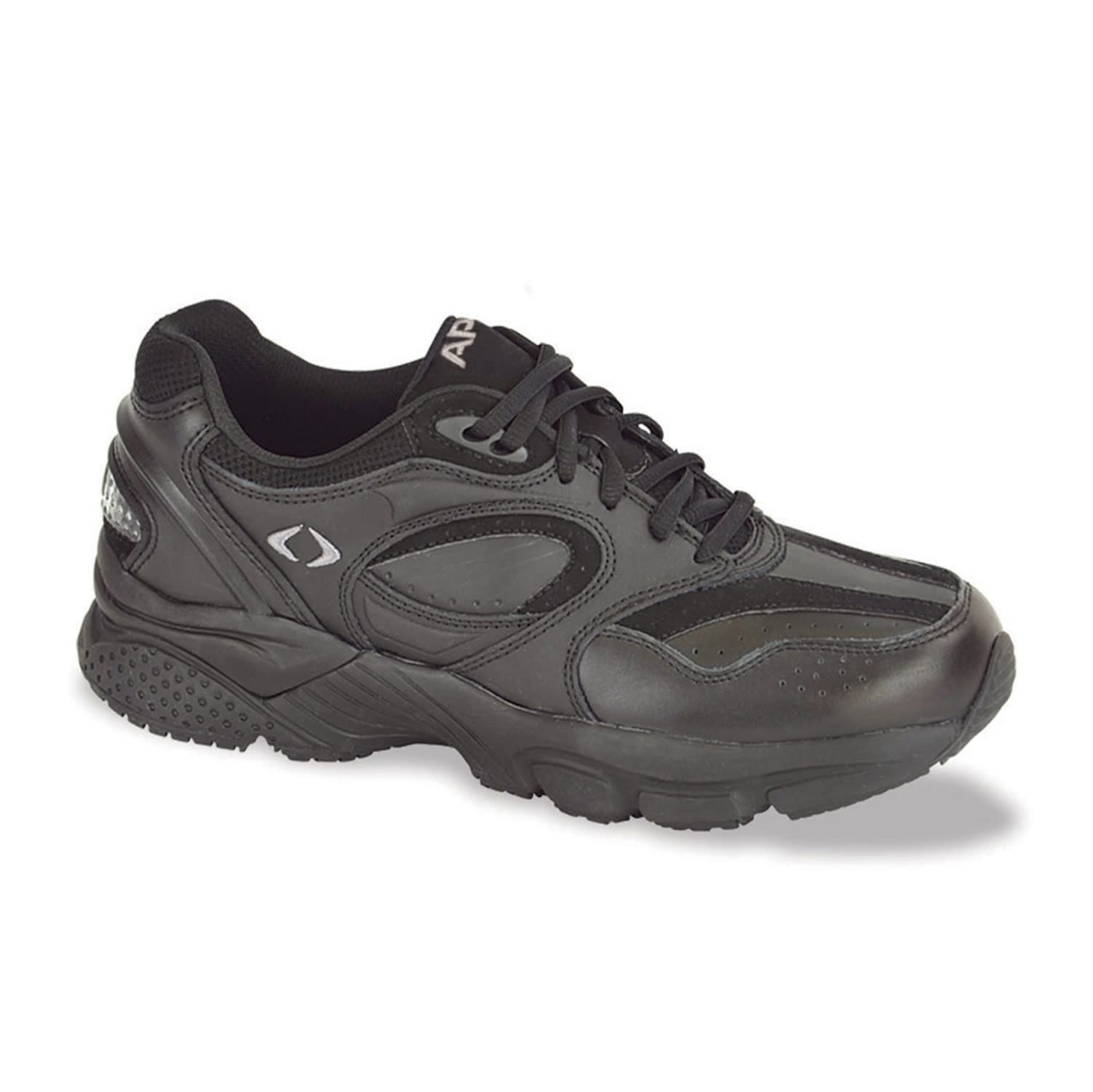The Ultimate Guide to Diabetic Walking Shoes for Active Lifestyles
Living an active lifestyle is crucial for managing diabetes, and choosing the right footwear is a significant part of this journey. Diabetic walking shoes are specifically designed to provide comfort, support, and protection, which are essential for individuals with diabetes. These shoes are engineered to prevent common foot problems associated with diabetes, such as neuropathy and poor circulation. In this guide, we will explore the features, benefits, and best practices for selecting and using diabetic walking shoes to enhance your active lifestyle.

Understanding the Importance of Diabetic Walking Shoes
Diabetes can lead to various foot complications, including nerve damage (neuropathy), poor circulation, and foot ulcers. These conditions can make walking painful and increase the risk of injury. Diabetic walking shoes are designed to address these issues by providing superior cushioning, support, and protection. According to the American Diabetes Association, proper footwear is one of the most important steps in preventing foot problems. These shoes are often prescribed by healthcare professionals to help manage and prevent foot complications.

Key Features of Diabetic Walking Shoes
When selecting diabetic walking shoes, it’s essential to look for specific features that cater to the needs of individuals with diabetes. These features include:
1. Extra Depth and Width
Diabetic feet often swell, and extra depth and width in the shoes provide ample space for the feet to move comfortably without constriction. This prevents pressure points and reduces the risk of blisters and sores.
2. Enhanced Cushioning
The shoes should have ample cushioning to absorb shock and reduce the impact on the feet. This is particularly important for individuals with neuropathy, as they may not feel pain from pressure or impact.
3. Supportive Soles
A supportive sole helps maintain proper foot alignment and reduces the risk of falls and injuries. Look for shoes with a firm heel counter and arch support to provide stability.
4. Breathable Materials
Moisture-wicking and breathable materials help keep the feet dry and reduce the risk of infections. Diabetic feet are more susceptible to infections, so maintaining a dry environment is crucial.

Benefits of Using Diabetic Walking Shoes
Using diabetic walking shoes offers numerous benefits for individuals with diabetes. These benefits include:
1. Pain Reduction
The cushioning and support provided by these shoes can significantly reduce foot pain, making it easier to stay active. This is particularly important for individuals with neuropathy, who may experience chronic pain.
2. Injury Prevention
The extra depth, width, and supportive soles of diabetic walking shoes help prevent injuries such as blisters, sores, and fractures. This is crucial for maintaining an active lifestyle without the risk of foot complications.
3. Improved Circulation
Proper footwear can improve blood circulation in the feet, which is essential for individuals with diabetes. Good circulation helps prevent foot ulcers and other complications.

Selecting the Right Diabetic Walking Shoes
Choosing the right diabetic walking shoes involves several considerations. Here are some tips to help you make the best choice:
1. Consult with a Healthcare Professional
Before purchasing any footwear, it’s essential to consult with a healthcare professional, such as a podiatrist. They can provide guidance on the best type of shoes for your specific needs and foot condition.
2. Try Them On
Always try on the shoes before purchasing to ensure a proper fit. The shoes should feel comfortable immediately; there should be no need to “break them in.” Make sure there is enough space for your toes to move freely.
3. Consider the Activity
Different activities may require different types of shoes. For example, if you plan to do a lot of walking, you may need a different type of shoe than if you are engaging in more strenuous activities like running or hiking.

Maintaining Your Diabetic Walking Shoes
Proper maintenance of your diabetic walking shoes is essential to ensure they continue to provide the necessary support and protection. Here are some tips for maintaining your shoes:
1. Regular Inspections
Regularly inspect your shoes for signs of wear and tear, such as holes, tears, or worn-out soles. Replace your shoes as soon as you notice any damage to ensure continued protection.
2. Clean Them Properly
Clean your shoes regularly to remove dirt and debris. Use a soft brush and mild soap to clean the exterior, and allow them to air dry completely before wearing them again.
3. Rotate Your Shoes
Rotating between two pairs of shoes can help prolong their lifespan and reduce wear and tear. This also allows your shoes to dry completely between uses, which helps prevent odors and bacterial growth.

Conclusion
Incorporating diabetic walking shoes into your active lifestyle can significantly improve your foot health and overall well-being. By understanding the importance of these shoes, selecting the right pair, and maintaining them properly, you can enjoy the benefits of pain-free walking and reduced risk of foot complications. Remember, proper footwear is a crucial part of managing diabetes and maintaining an active lifestyle.

